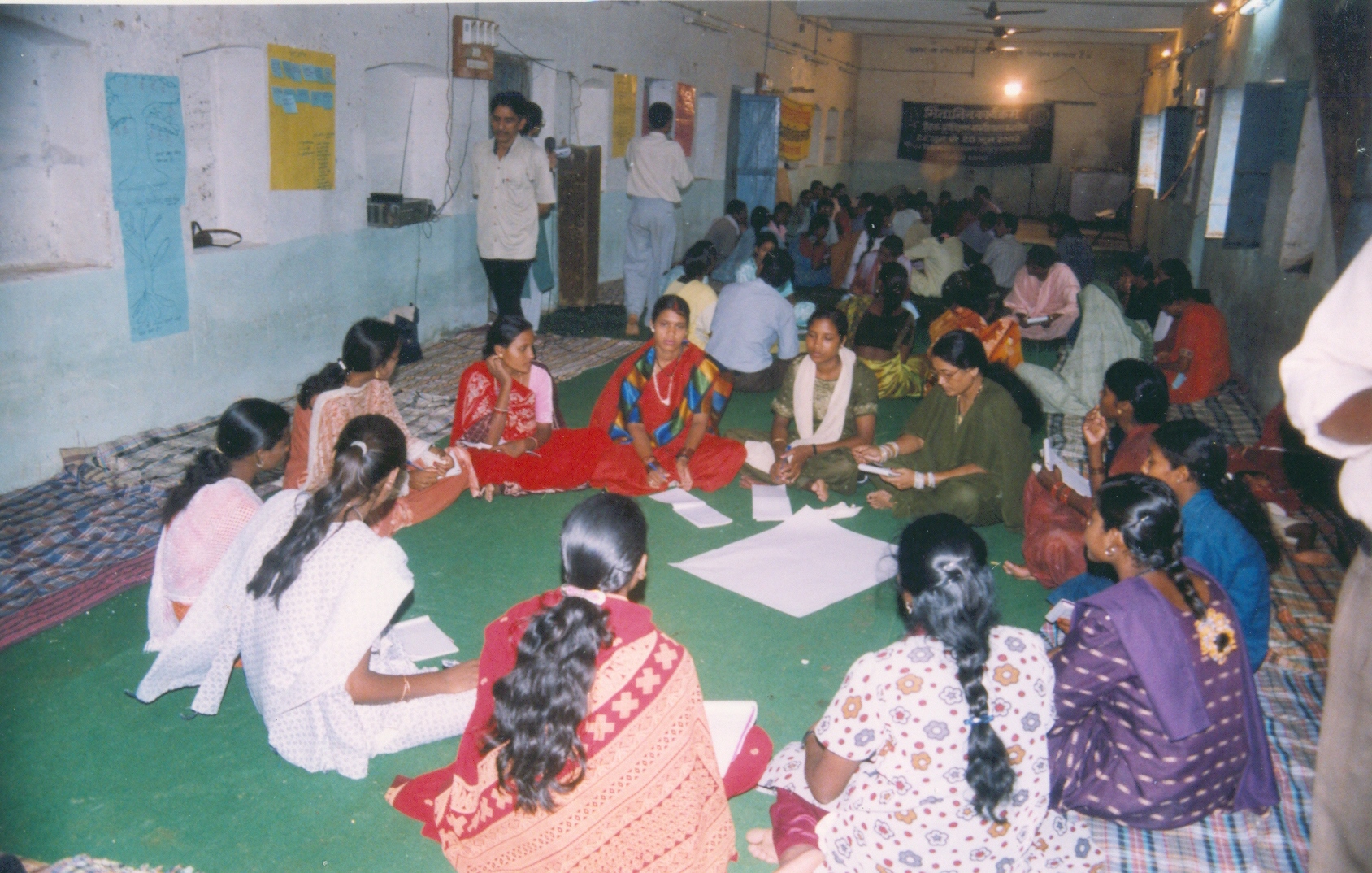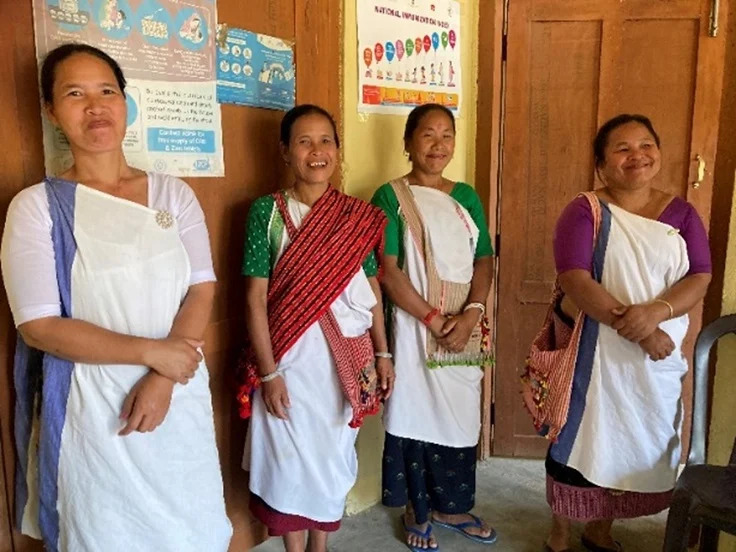Case Studies

Innovations in Workforce Management in Karnataka
The first case study examines the intractable problem of transfers and postings with the government health department, highlighting the State of Karnataka’s implementation of systemic changes and innovations, including the Transfer Act of 2011 and the development of a Human Resource Management System (HRMS).
Chhattisgarh Rural Medical Corps
The second case study focuses on the Chhattisgarh Rural Medical Corps (CRMC), established to retain and motivate healthcare providers to work in rural and remote areas through a scheme of incentives for current public sector employees, but also with space for participation of retired employees and private sector professionals. This addresses the shortage and skewed distribution of health workers in rural India, a problem not unique to India but prevalent globally.


Rural Health Practitioners in Assam: Mid level care Provider for comprehensive service deliery in sub centers
The third case study looks at a challenge closely linked to the earlier issue: finding the appropriate professional boundary to solve the shortage for health professionals with clinical skills in public services and primary care and find a professional who feels happy and fulfilled in working in this domain. While many believe this began with the introduction of the Community Health Officer (CHO) in 2018, this case study shows an early and successful effort in this direction over 15 years earlier. Clearly the concept of a mid-level healthcare provider (MLHP) made it into the National Health Policy of 2017 based on such earlier efforts which could be described as incubating the concept of MLHPs for over 15 years. This case study explores how the Assam Rural Health Regulatory Act of 2004 introduced the Diploma in Medicine and Rural Health Care (D.M.R.H.C.) program to train Rural Health Practitioners (RHPs) to deliver comprehensive primary health services at the village level.
Rural Health Care Practitioners in Chhattisgarh
Even prior to the Assam experience was the efforts at creating a rural health assistant in Chattisgarh. The fourth case study presented is an interesting study of how policy repeatedly changed as contexts and even objectives changed. Thought it got off to a bad start, it landed up as a successful intervention for closing the HRH gap in Chhattisgarh and one of the models on which the national mid level health provider strategy was placed.


